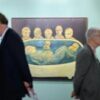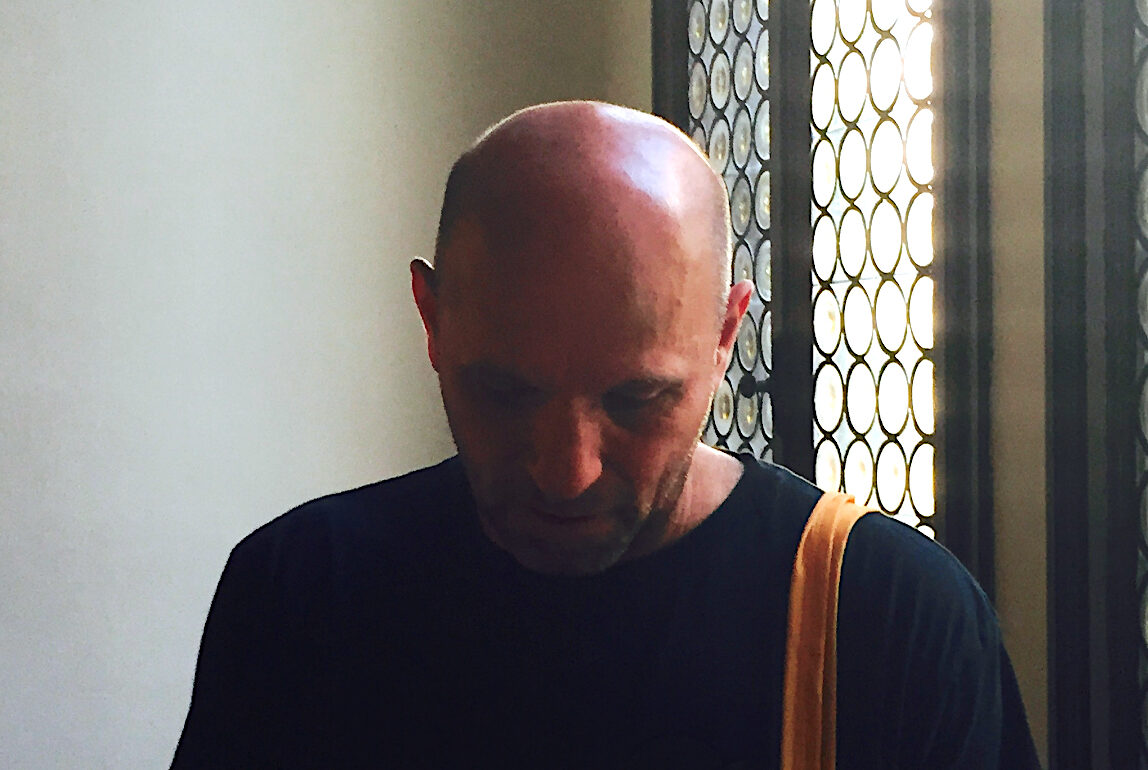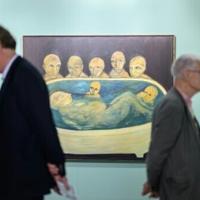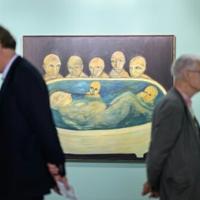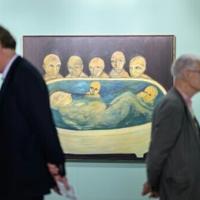
The Scottish artist Peter Doig, whose works have sold for vast amounts at auction, shared his anger over the lack of transparency in the art market (in particular, the secondary market).
In 2007, when his painting “White Canoe” sold for £5.7 million, Doig became Europe’s most expensive living artist. Since then, he has broken the auction record for his work twice; “Rosedale” and “Swamped” sold for £21 million and nearly £30 million, respectively. Despite these prices, Doig has stated that he has only earned a fraction of the prices at which his work is sold.
Doig’s criticism concerns the veil of secrecy surrounding art sales in the secondary market, where collectors and galleries make private sales with little involvement of the artist, their participation, or even the artist’s knowledge. He stated the whole process is “clandestine.” He added he usually has no idea who owns a work that he has sold — once sold, it is gone to him. “It’s all very clandestine,” he told The Observer. “Like some paintings sold ‘offshore’, it’s untraceable if you wanted to trace it.”
Doig has a problem with this kind of system favouring collectors and dealers, for example, but potentially displacing artists, especially emerging artists. He states that galleries should share and be transparent with artists regarding the work sold. “They should be transparent in all the dealings. There’s so much secrecy, especially when the amounts get too high. Once an artist has sold a work, they have very few rights.”
What annoyed Doig was when he had a dispute with a previous gallery that would not disclose who had purchased his work, as well as for how much. Doig stated, “I wasn’t after money. I wanted to know where the paintings were. They said, ‘We can’t give you that.’.”
Doig’s criticism centres on the secretive nature of the art market, where collectors and galleries engage in private sales, often without the artist’s knowledge or involvement. He described the process as “clandestine,” lamenting that he usually has no idea who owns his work once it is sold. “It’s all very clandestine,” Doig told The Observer. “Some paintings are sold offshore, so it’s untraceable.”
Peter Doig (b. 17 April 1959, Edinburgh, Scotland) is one of his generation’s most important contemporary painters. His work, which capitalises on his use of richly atmospheric landscapes and dreamlike subjects, has made him one of the most desirable contemporary artists in the art market.
He was born in Scotland, but his childhood and early development were shaped in Trinidad and Canada. Eventually, he returned to the UK, where he studied at the Wimbledon School of Art in London, followed by Saint Martin’s School of Art; he graduated in 1983. He later studied at the Chelsea School of Art, receiving a Master of Fine Arts in 1990.
Doig’s works often evoke and mysteriously depict landscapes from many sources, including his memories, photography, and cinema. His paintings usually straddle the line between figuration and abstraction, connecting reality and the surreal. A distinct haunting atmosphere, often evoked by his use of colour and paint textures, invites viewers to occupy a known and unknown site.
Doig’s early works were influenced by a range of post-Impressionist figures, including Paul Gauguin and Edvard Munch, as well as modernists such as Edward Hopper. Of course, eventually, living in Trinidad had a profound effect on his lines of paint, colour and subject matter, nuance and tonic, often tropical and vibrant, and then often the isolationism in paintings.
Doig’s rise in popularity began in the early 1990s, and he demonstrated his unique style. This became widely recognised when he was nominated for the Turner Prize, one of the UK’s most prestigious art awards, in 1994.
Tags
Artists Resale Rights, DACS, Peter Doig
This post was originally published on this site be sure to check out more of their content


